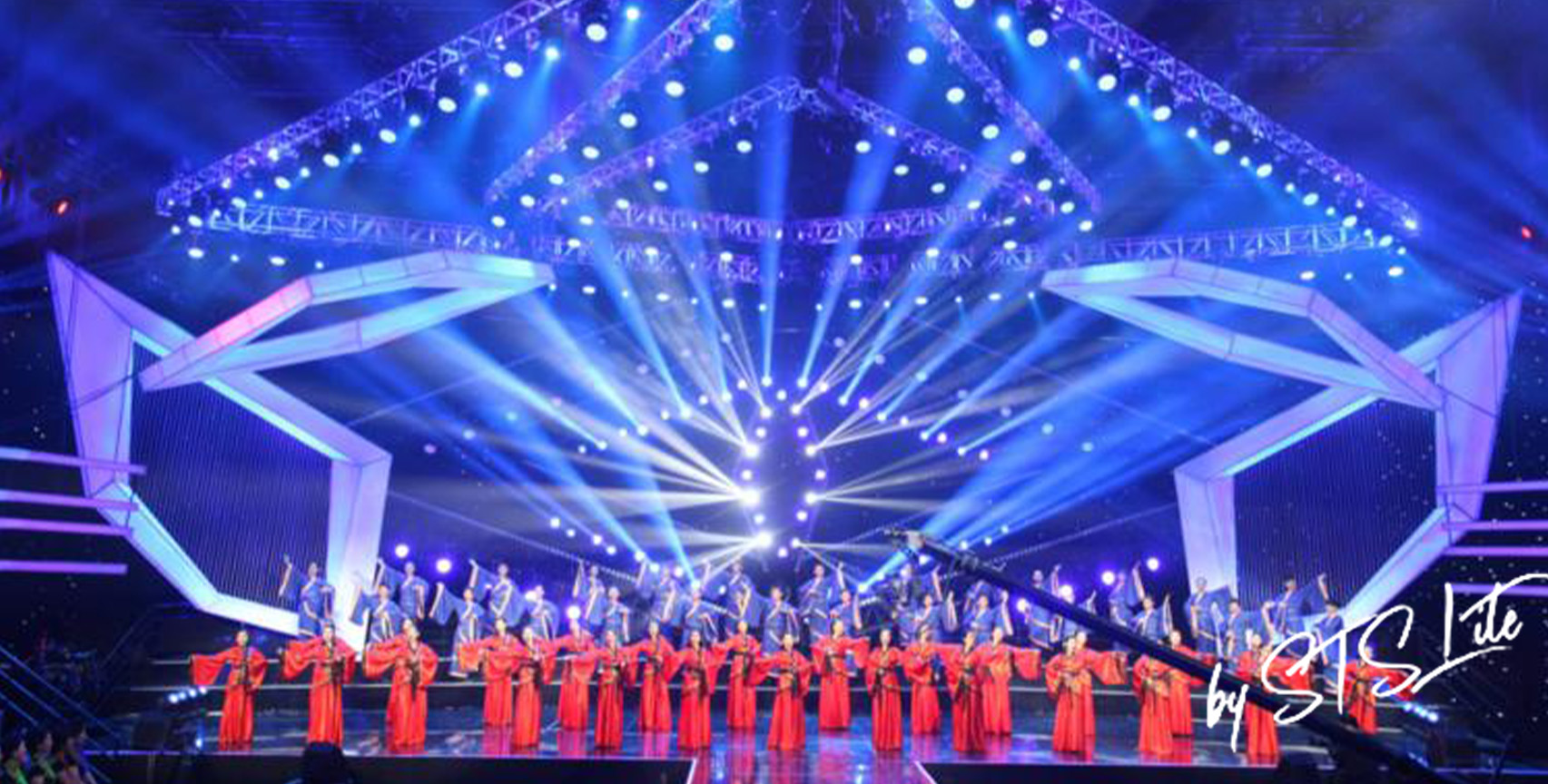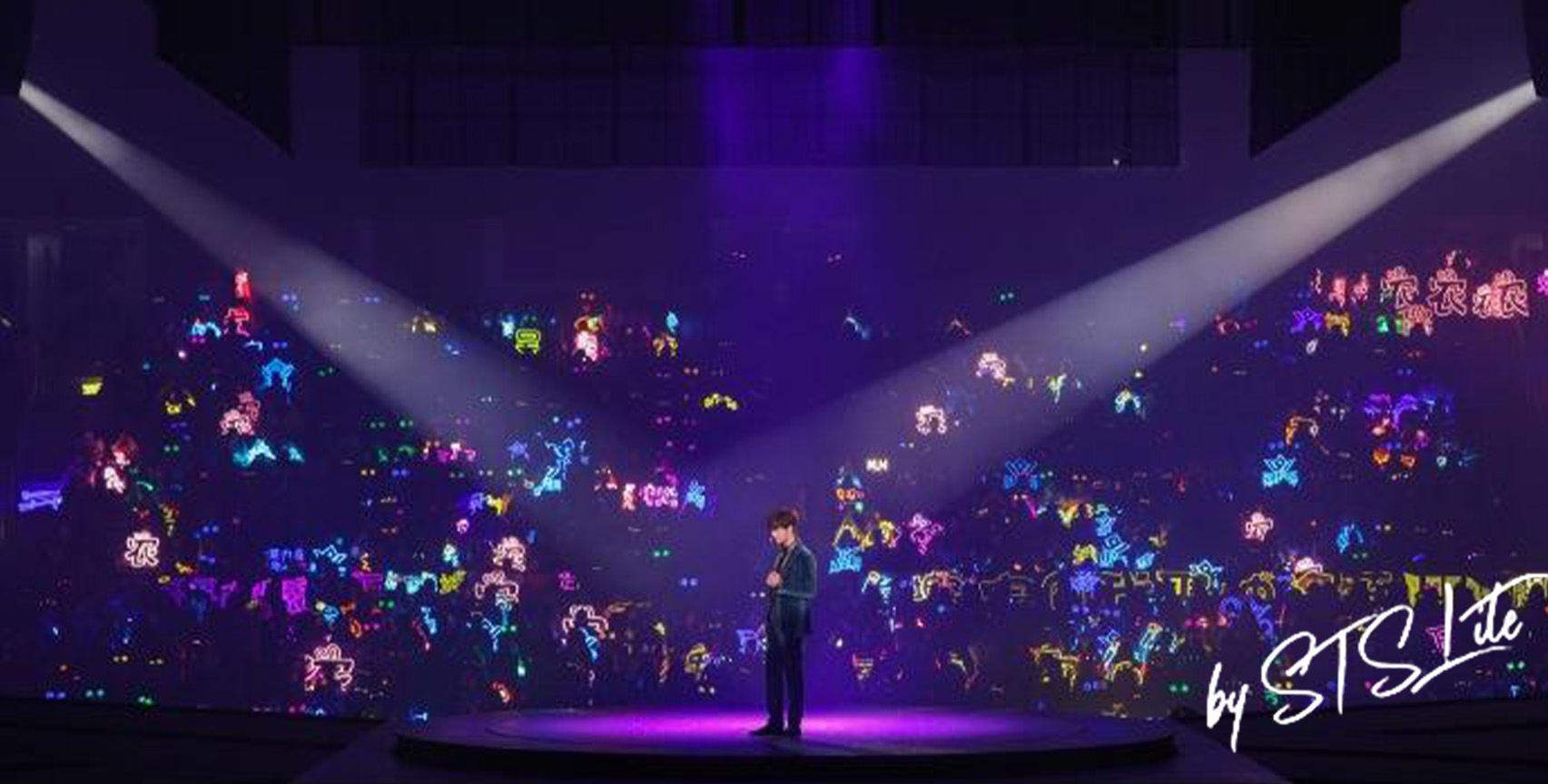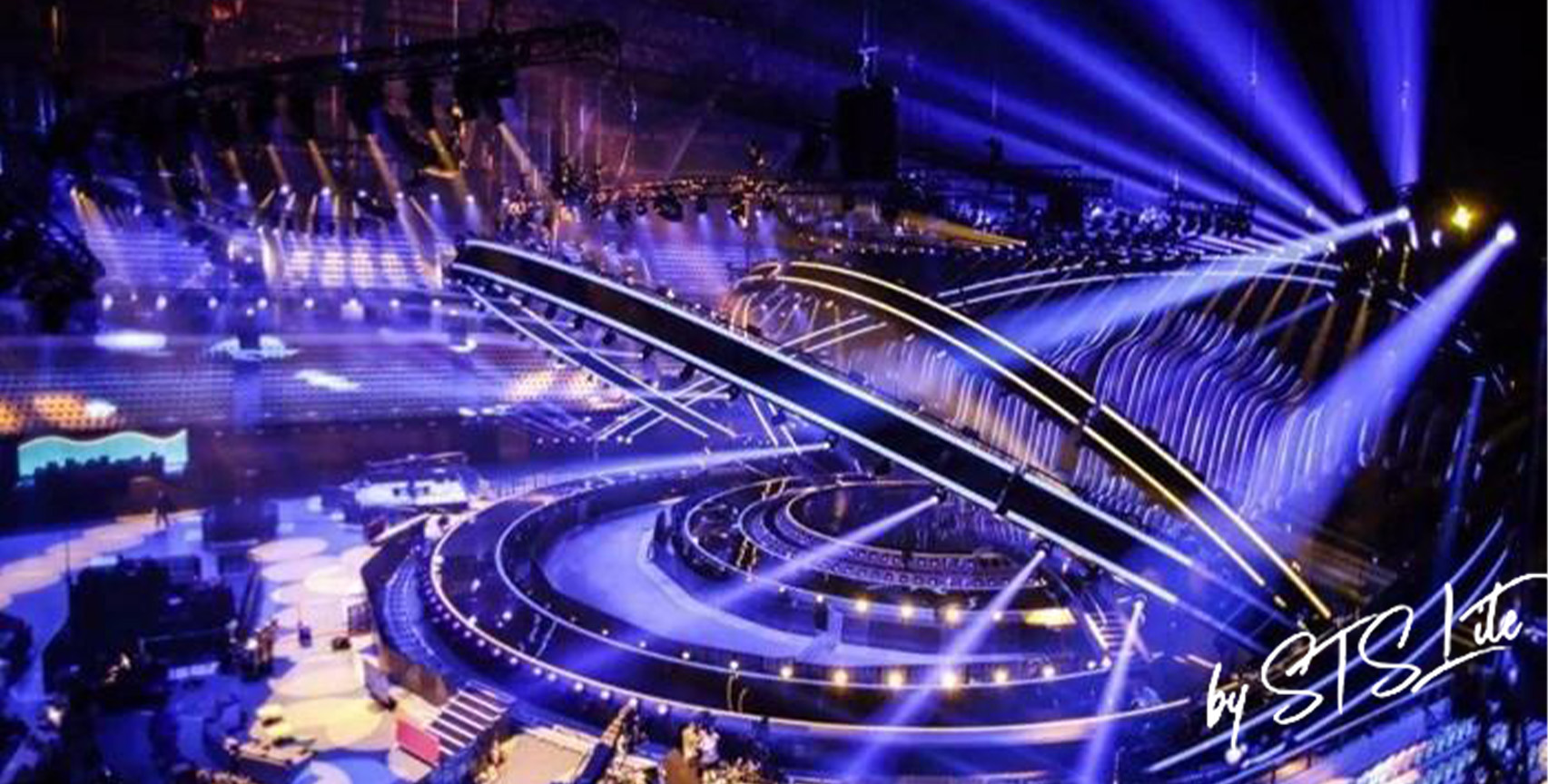The most important thing about lighting is visual shock. We are now living in a rapidly developing information age. In most cases, audiences like stage aesthetics that are expressed in a distinct and unique way, because such a design can reduce their viewing Reasonable scrutiny during the performance. In my opinion, to distinguish the success of stage works, it depends on whether it can quickly reflect the visual cues and sensory perceptions that they want to express and highlight in the brain when the audience views it for the first time. reaction. Some designs will leave audiences with deep memories and rich associations, while others will make people feel dull and tasteless. Why is this happening? This is also caused by the different visual communication elements in the design works.
I suggest that a good stage art design should consider the technical perspective of visual communication from four aspects: contrast, balance, rhythm, and simplicity.

Firstly, contrast
Contrast refers to the changes and differences in design in terms of color, form, size, content, and material. The comparison of many factors can form different personalities and rich and diverse styles of design works, while the comparison of simple factors usually makes the design appear superficial and conservative. A good design work often uses factors such as color, material, and craftsmanship to add an atmosphere or create a very obvious contrast effect. The contrast we are talking about here should be color contrast, material contrast, craft form contrast, etc. Among them, color contrast can often arouse the emotional reaction of the audience.
In real life, people’s sense of color is very subjective and emotional, because color can arouse the audience’s emotional response more than other visual elements. Therefore, the information conveyed by stage art design may be affected by the proper use of color. Remember forever, otherwise, you may be forgotten forever. Therefore, we should pay special attention to the use of color in our art design. Color can easily attract the attention of the audience. If used correctly, it can strengthen an important part of a message, but if it is used too casually or improperly, it may also be serious. Distract the audience’s attention.
Secondly, balance
Balance refers to the placement and arrangement of various elements in the design screen. A design can be defined as balanced if the specific gravity is balanced at a certain intersection of the X axis and the Y axis. For example, a single square, rectangle and circle can all produce a perfectly symmetrical design. A designed overall picture frame, like a human face, can be divided into two similar parts. A balanced design is most suitable for showing formal and elegant design. This balance is required by traditional and conservative design styles. It will appear very solemn, but a bit dull; an unbalanced design is not formal, but it can Generate dynamic tension in the picture.

Thirdly, the rhythm
Rhythm refers to the combination of design elements, such a combination can be used to control the audience's sense of order for the design elements. A clear and concise sequence can help viewers find a path of appreciation. The sequence is the arrangement and combination of independent visual elements, so that the viewer can naturally see another image element from one image element as the designer wants. For example, when we look at different pages in a magazine or newspaper, we can clearly feel the designer’s ingenious arrangement of design elements, so that the audience can simply follow its natural order. The illustrations and the text stories adjacent to the title reflect the order between the three. This sequence is also reflected in every scene of the stage performance, just like Chinese painting pays attention to "vitality and vividness". Rhythm is like air, eclectic, unscrupulous, doing everything, pursuing the ultimate, creating perfection. As far as the stage is concerned, it is actually the treatment of space. I think all spaces must be conducive to the unfolding of the play; all spaces must be conducive to revealing the plot; all spaces must be conducive to creating a specific style; all spaces must be conducive to operation All spaces must be conducive to seeking unity in change; all spaces must be conducive to conveying the designer’s design ideas and information.
Fourthly, concise
I remember a predecessor once said that the mature performance of an artist lies in learning to use abstract creative thinking.
If you have more in the design of stage lighting, please feel free to contact us. Our main products are LED moving head lights, LED moving beams, LED washers (indoor and outdoor), DMX controllers and fog machine lights. Our business policy is "Quality First, Customer First". We also provide professional OEM services for world-renowned brands.
